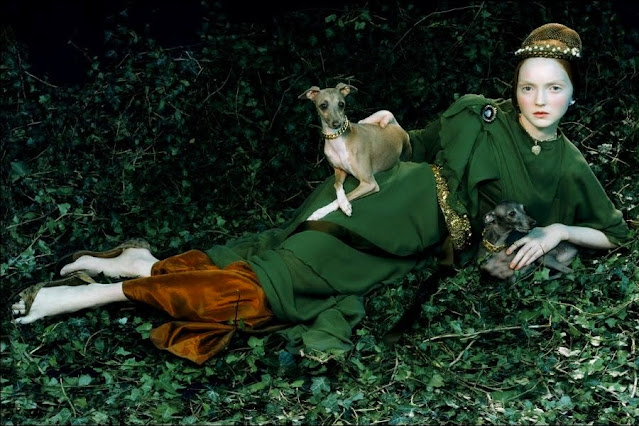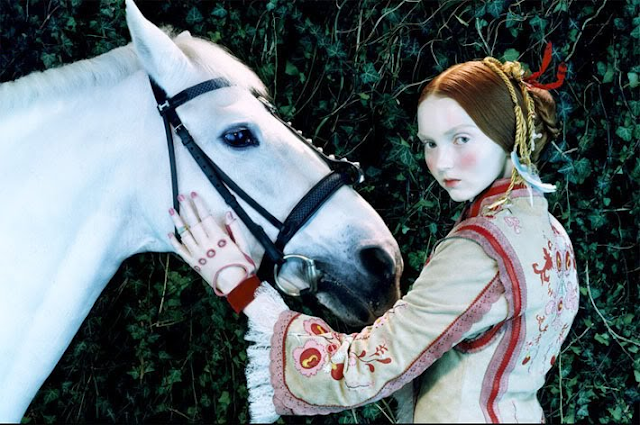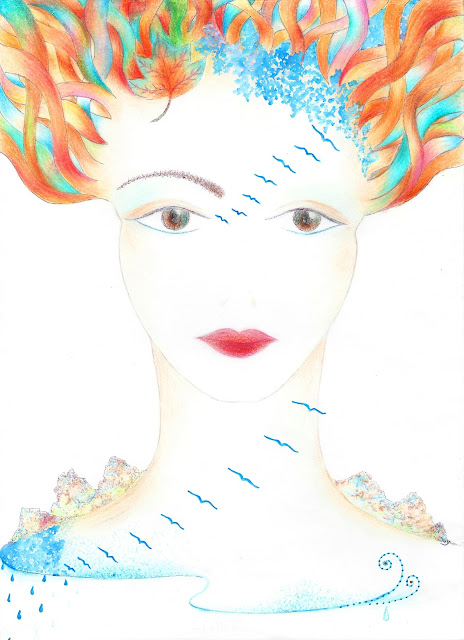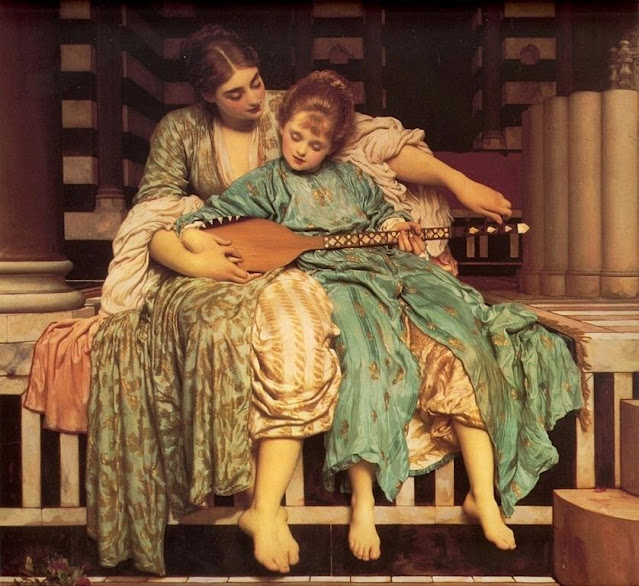* ONDA CURTA - Pequenos grandes filmes
ONDA CURTA - pequenos grandes filmes
O UNIVERSO DO APRENDIZ (o
site original)
**************************************************
Neste ponto, existiam no site original dois vídeos de curtas-metragens que
já não estão “disponíveis”. Ficam aqui apenas dois stills, um de cada filme, e
a descrição que acompanhava cada um deles.
SYNOPSIS
«The world of work and employment is undergoing radical changes. Among the
most problematic phenomena related to these changes, are companies taking
advantage of reduced labor costs by (mis-)using project-based contracts
renewable on a monthly basis (previously known as co.co.pro. in Italy) to
conceal permanent employment relationships.
«A parable about the consequences of being
a bystander to evil, from a disturbing poem by Maurice Ogden, read by Herschel
Bernardi. Shadows and shifting geometric planes lend a Chirico-like quality to
Julian's animation. Great musical score by Serge Hovey.
Credits
(Inspired in a traditional English ballad brought to America during the
Revolution, 18th century.)
*************************************
THE HANGMAN
Stanza 1
Into our town the
Hangman came, smelling of gold and blood and flame.
And we wondered, whenever we had the time, who the criminal, what the crime,
And innocent though we were, with dread we passed those eyes of buckshot lead;
Then a twinkle grew in the buckshot eye, and he gave us a riddle instead of reply:
And the gallows-frame on the courthouse lawn by tomorrow's sun would be struck and gone.
Stanza 2
The next day's sun looked mildly down on roof and street in our quiet town
Stanza 3
The third he took — we had all heard tell — was a usurer and infidel,
Stanza 4
Then through the town the Hangman came and called in the empty streets my name
"There is no one
left at all for hanging, and so he calls to me to help pull down the
gallows-tree."
And he whistled his tune as he tried the trap and it sprang down with a ready snap
"Dead," I
whispered; and amiably "Murdered," the Hangman corrected me;
Beneath the beam that blocked the sky, none had stood so alone as I
Maurice Ogden(1924 -
2000)
https://www.edhelper.com/poetry/The_Hangman_by_Maurice_Ogden.htm
A
única fotografia de Maurice Ogden que encontrei foi a que se pode ver abaixo.
Maurice Ogden foi actor e duplo, sobretudo em westerns, e também escritor (Mister Pinschur, co-autor com Betty Fuller e Freeway to Wherever, 1959) e activista durante o Macartismo. Foi também cantor; conhecem-se pelo menos dois temas cantados por ele, um deles, The Flag, composto por Dale Hawkins pode ser encontrado no YouTube. O outro, Keep Our Country Free, composto por Al Jones e Joe Osborn, é o lado B do mesmo single, de 1964, mas não consegui encontrá-lo.
No site Find a Grave, a família deixou o seguinte artigo
biográfico:
«Maurice "Morry" Ogden Sr. was a
stuntman and actor on many Western movies in the 1950's and 1960's. He was a
personal friend of John Wayne's. He performed stunts in such movies as Hondo and The Comancheros, played the Deputy in the 1956 film Naked Gun, and had TV acting parts in Gunsmoke, Rawhide, The Rifleman, Wild Wild West, The Beverly Hillbillies, and Daniel
Boone. One of his fond memories was when he worked with former US President
Ronald Reagan in the movie Wagon Train
(one of Reagan's last acting roles), when the two of them teamed up during a
filming mishap to stop a team of runaway horses that was dragging a cameraman.
After his film work, he moved to Texas where he married Frankie Baldwin, and
became a restaurateur, construction contractor, newspaper carrier, car dealer
and family man. He built the Sabinal Bank and Brackettville Public Library
during his construction career. For more than a decade, the 24-hour Ogden Cafe
in Sabinal on east Hwy 90 was the only place to eat in town. "Pop" as
he was known to family, friends, and just about anyone who knew him, was the
center of his family. He was counselor, friend, confidant, strong father
figure, and a comedian all rolled into one. One of his best attributes was his
sense of humor, and his ability to keep anyone around him laughing to
tears. He died of lung cancer on June 27, 2000 surrounded by family.»
********************************************************
Por sua vez, Maurice Ogden ter-se-á inspirado no
texto de Martin Niemöller (1892–1984) - First they came ..., um
poema criado a partir de uma "confissão" em prosa que reflecte e
acusa os intelectuais alemães de pactuarem com o Nazismo. A acusação implícita
não se dirige apenas aos intelectuais mas também aos membros das congregações
religiosas que fecharam os olhos às perseguições e ao genocídio de milhões de
inocentes; o próprio Martin Niemöller era um pastor luterano que, após o
final da II Guerra Mundial, sentiu que os "carrascos" não eram apenas
os executores mas todos os que, cobardemente, agiram como meros espectadores.
Ele foi dos poucos que se opôs abertamente ao Nazismo e chefiou abertamente um
grupo de religiosos que se opunha a Hitler e à sua "Solução Final" (a
eliminação de todos os Judeus que viviam não só na Alemanha mas em todos os
territórios ocupados pela Alemanha Nazi durante a II Guerra Mundial). Em 1937,
foi preso e enviado para o campo de concentração de Sachsenhaüsen e
posteriormente para Dachau. Aí permaneceu até 1945, quando foi libertado
pelas tropas aliadas.
Este poema resulta do discurso Confessing Church que
Martin Niemöller proferiu em Frankfurt no dia 6 de Janeiro de 1946.
FIRST THEY CAME...
First they came for the Communists
Then they came for the Jews
*****************************************
Muito antes destes poemas
serem escritos e mesmo antes da balada medieval The Hangman's Tree,
cantada por Peter, Paul and Mary, já existia uma outra antiga balada inglesa
que também foi levada para a América e passou a integrar o seu folclore. Essa
balada intitulava-se The Maid Freed From The Gallows e teve
pelo menos treze versões, só em Inglaterra; uma dessas versões tornou-se um
jogo infantil. Existem ainda muitas outras versões, quer do Sul quer do Norte
da Europa. Nestas versões, uma donzela foi aprisionada por corsários que pedem
um resgate para a sua libertação; o pai, a mãe, o irmão e a irmã recusam
pagá-lo e só o seu amado virá em seu socorro e pagará o resgate. Francis James
Child (English and Scottish popular ballads collected by
Francis James Child, 1825-1896, Boston and New York, c. 1904), considera que na
maioria das versões inglesas a história original foi distorcida e a heroína é
uma donzela em apuros que perdeu um objecto precioso que lhe tinha sido
confiado (uma chave ou bola de ouro). Das outras versões europeias,
Francis James Child considera que a versão da Sicília é a mais bem construída e
a mais autêntica. O autor refere ainda que existem inúmeras versões em
Finlandês e em Estónio e muitas variantes em Russo.
Em baixo ficam as imagens das
páginas que contêm as referidas baladas e a obra na sua totalidade, assim como
um retrato de Francis James Child. A obra pode ser consultada no Internet
Archive, esse manancial de preciosidades).
The Hangman's Tree: páginas XXV e XXVI
The Maid Freed From The Gallows: páginas 200-201
English and
Scottish popular ballads
*******************************************************
O Kingston Trio canta
uma das versões da balada The Maid Freed From The Gallows. Jim
Moran tem um blog onde comenta esta versão da balada comparativamente com
outras. Veja-se o seu artigo: "Hangman/The
Maid Freed From The Gallows"
«The
original Kingston Trio sings an old British folk song (also called "The
Maid Freed From The Gallows") that is also known in several different
variants throughout the U.S., though mostly in the southern Appalachians and in
Louisiana. The Trio adheres fairly strictly to the traditional English
structure of the song, which has also been recorded by Peter, Paul and Mary,
Leadbelly, Odetta, John Jacob Niles, the Smother Brothers, and many others.
For a discussion of the song with many
other versions, see the blog associated with this YT channel at: http://compvid101.blogspot.com/2010/0...»



















Comentários
Enviar um comentário